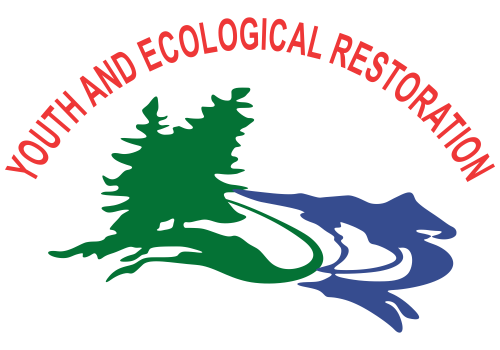Clayoquot Biosphere Trust – UNESCO Biosphere Region – Project Research Highlights 2022
From 1993 to 1998, Wendy Kotilla was involved with Clayoquot Biosphere Project as one of hundreds of people documenting the natural history of the Clayoquot River watershed. She was one of eight researchers highlighted in the Clayoquot Biosphere Trust Storymap. Her work focussed on longitudinal salmon distribution in the river. Due to this collective database, the watershed remains unlogged today.
The Importance of ‘being there' for Ecosystems in Clayoquot Sound and the UNESCO Biosphere Designation
In the heart of Tla-o-qui-aht First Nation’s Ha’uukmin Tribal Park exists the Clayoquot Valley. Mighty stands of ancient Cedar, Hemlock, and Amabilis Fir climb valley walls above the river. The lake’s dark water reflects lofty cliffs and mountain peaks overhead. The old-growth forest is profoundly different from the recently-clear-cut hillsides of nearby Kennedy Lake. One might feel a sense of awe at the intact ecosystem, at the apparent lack of human presence.
But presence is different from disturbance, and while Tla-o-qui-aht now manages this part of their territory today as qwa siin hap (leave as it is, not for development), the Clayoquot Valley is a deeply human place and has been for millennia. It’s the origin site and namesake for the Tla-o-qui-aht First Nation; a place of bounty and of refuge during times of distress; and in the 1990s, the site of a community research project to learn more about ancient temperate ecosystems and protect the last old-growth valleys on the west coast from being lost forever.

